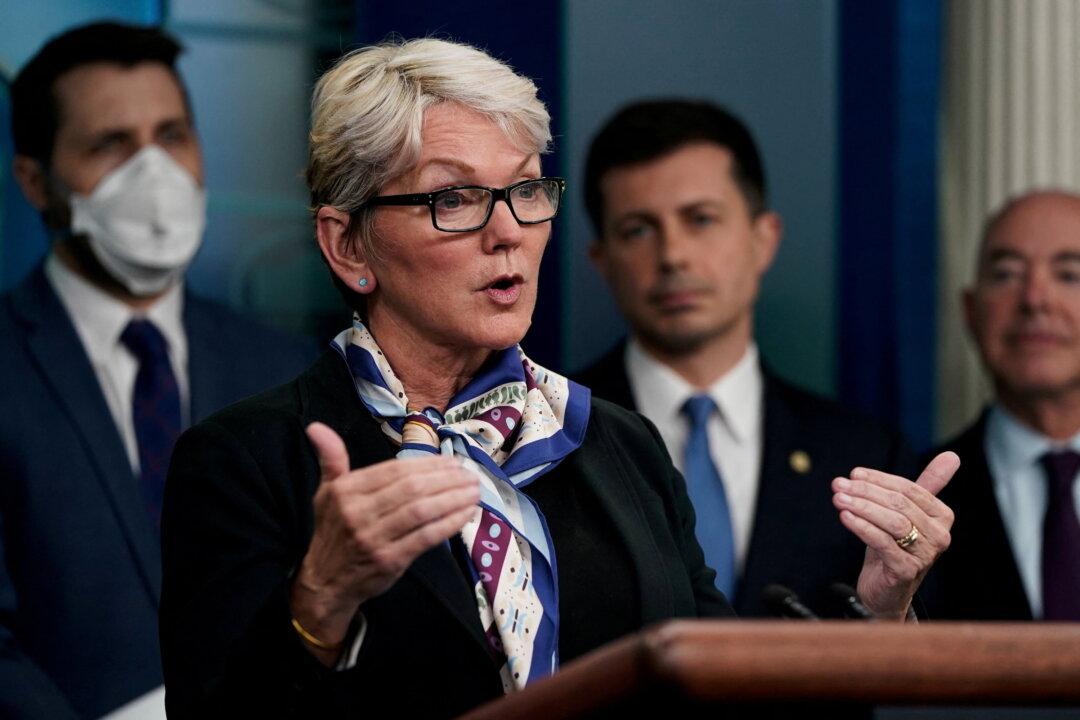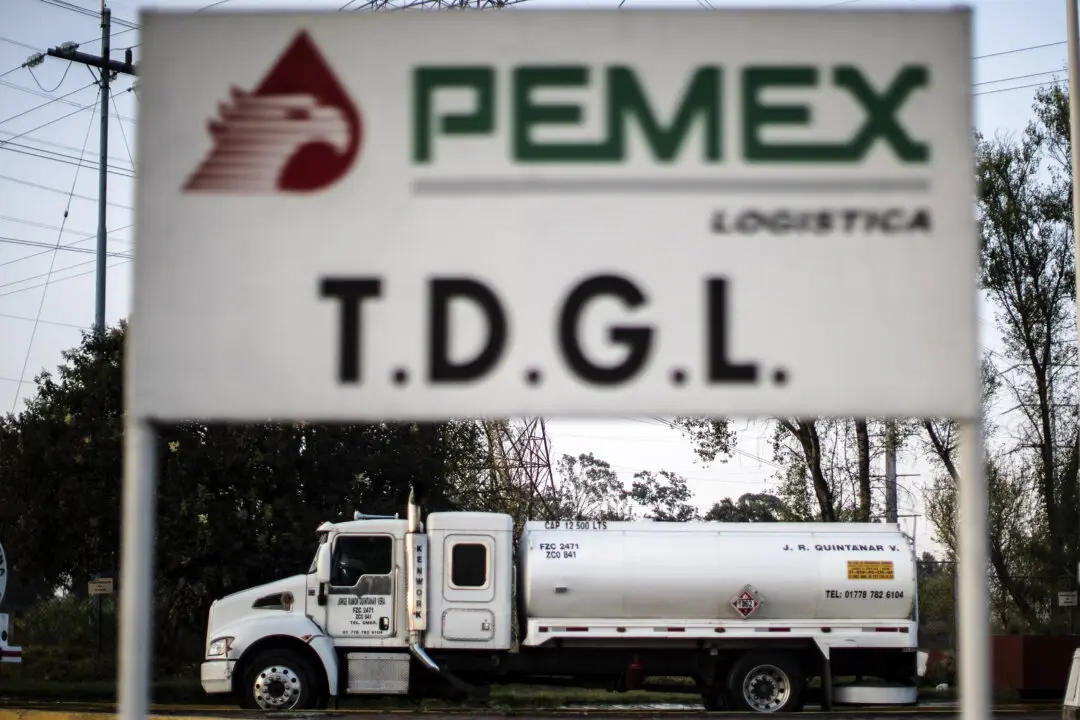The Biden administration revealed its “zero emissions” policy for federal buildings that would effectively ban the use of natural gas appliances in such facilities.
On Wednesday, the U.S. Department of Energy (DOE) announced the “Clean Energy for New Federal Buildings and Major Renovations of Federal Buildings Rule” requiring agencies to phase out the use of fossil fuels when constructing new buildings or conducting major renovations. It mandates agencies to achieve a “90 percent reduction in fossil fuel use for new projects started between fiscal years 2025 and 2029 and completely eliminating on-site fossil fuel usage in new projects beginning in 2030.”





